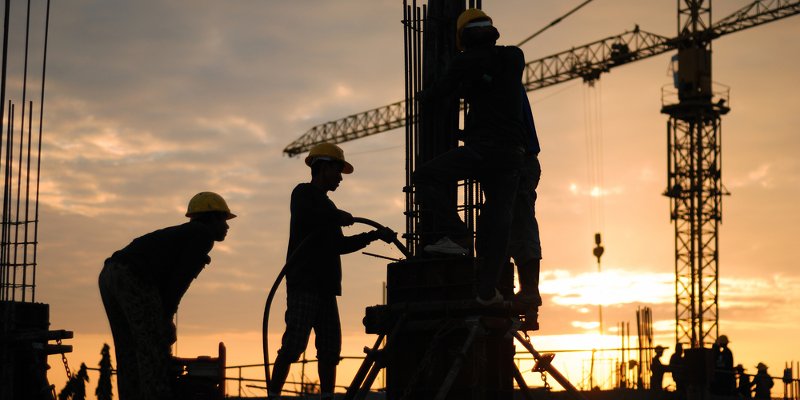Overall the Construction PMI index down to 44.2, significantly below the 50-point threshold for growth.

The UK's construction sector suffered a dramatic slump in activity last month with Brexit uncertainty dampening the building industry.
The IHS Markit/CIPS UK Construction Purchasing Managers Index (PMI) was at the lowest seen since 2009 with the country reporting the biggest fall in housing activity since 2016.
Overall the Construction PMI index down to 44.2, significantly below the 50-point threshold for growth. However this is an improvement from the 43.3 reported in September.
At the same time commercial construction fell for the tenth month running, but at the slowest rate since May.
Gareth Belsham, director of the national property consultancy and surveyors Naismiths, said: “So far this is more a case of respite rather than relief.
“Construction output is still falling, even if the rate of decline is a little less punishing.
“What silver linings there are are modest. The number of new orders coming in is sliding fast, but at least the latest drop was less than that seen in August and September.
“Investor appetite remains deeply fragile and many contractors are being pummelled on three fronts. Just as their order books get thinner and erode their confidence, they are being forced to bid low for the shallow pool of new work available – while at the same time input costs go up and slice into their margins.
“No wonder many construction firms are trying to cut costs where they can, and staffing levels have fallen every month since April.
“Nevertheless there are some glimmers of hope. While Britain’s Brexit agony has been put on pause by what promises to be an equally divisive election hiatus, the chances of a chaotic ‘no-deal’ exit have at least diminished.
“While few would bet on a magical return to business as usual after the December election, even a modicum of stability could lead to the thawing of long-delayed projects.
“Until then the industry has little choice but to knuckle down and retain enough capability to cope with the day – whenever it comes – that demand returns to more normal levels.”



